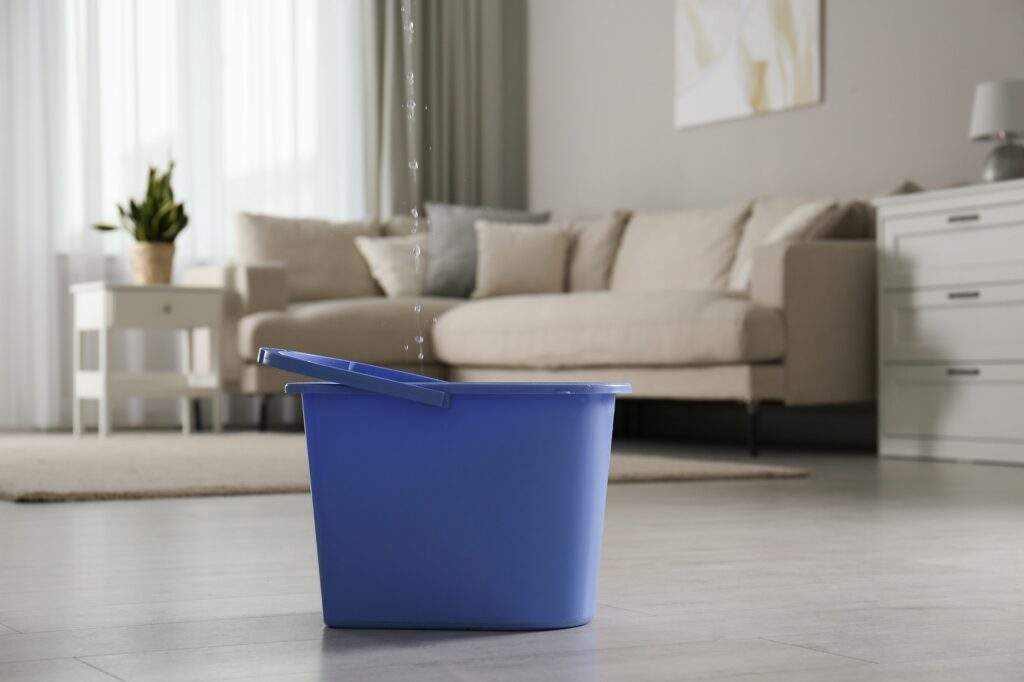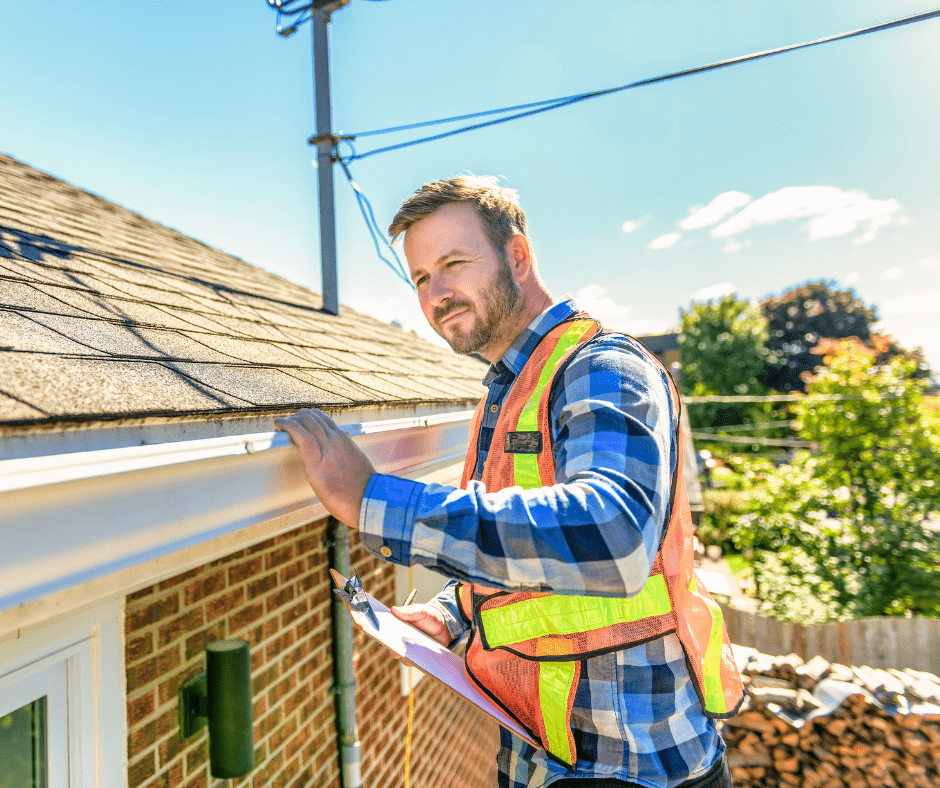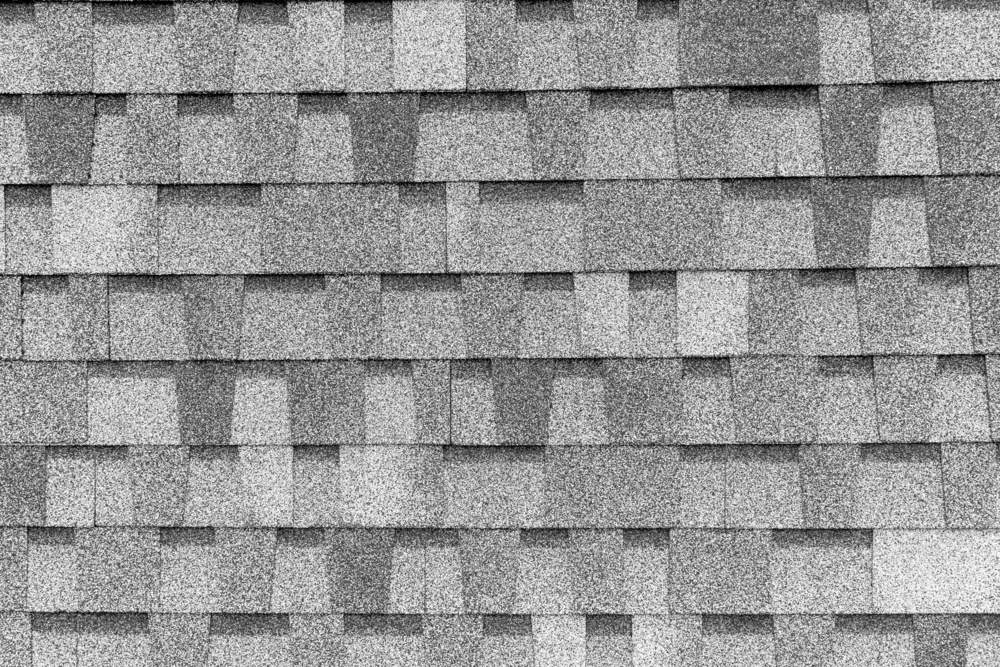There’s nothing quite as stressful as discovering water dripping from your ceiling during one of Minnesota’s infamous storms.
Whether it’s the freezing rain of a December blizzard or the torrential downpour of an April thunderstorm, roof leaks can quickly turn from a minor nuisance into a major headache.
For Twin Cities homeowners, where extreme weather events like the Halloween Blizzard of 1991 or last year’s spring hailstorm are part of the norm, being prepared is essential.
Fortunately, there are immediate steps you can take to protect your home and prevent further damage until help arrives. This guide offers practical, actionable solutions to help you manage roof leaks during severe weather.
Let’s explore six proven techniques to safeguard your home during even the wildest Minnesota storms.
Key Takeaways
- Tracking down leaks, often from ice dams or cracks, is the first step to stopping water damage.
- Temporary solutions like roofing tape or sealant help minimize damage during storms but are not long-term fixes.
- A heavy-duty tarp secured tightly can protect your roof and home until a professional takes over.
- Buckets, plastic sheets, and moving valuables are lifesavers for minimizing interior damage during a leak.
- Calling a professional roofer and scheduling regular maintenance keeps your roof ready for Minnesota’s wild weather.
How to Fix a Leaking Roof During a Minnesota Storm (6 Tried and Tested Ways)
When the rain’s coming in and your roof’s not holding up, don’t panic—there are ways to manage the mess and protect your home. These six tried-and-true methods will help you tackle leaks and keep things under control until the storm passes.
Method #1: Understand the Source of the Leak
One of the most common culprits of roof leaks in the Twin Cities is ice dams—those ridges of ice that form on roof edges during the freeze-thaw cycles of Minnesota winters.
If you live in neighborhoods like Highland Park or Edina, you’ve probably seen these icy build-ups. They can trap water on your roof, forcing it under shingles and into your home.
To locate the source of a leak:
- Start by inspecting your attic.
- Follow water trails or damp spots, using a flashlight to identify areas where moisture seeps through.
Homes in Cathedral Hill, known for their steep-pitched roofs, often see water pooling near valleys or eaves.
Rapid temperature swings, common in Minneapolis-St. Paul, can also create cracks in roofing materials, worsening the problem.
For a safe inspection:
- Avoid climbing onto a slippery roof during a storm.
- Instead, use tools like moisture detectors from local hardware stores like Frattallone’s Ace Hardware to pinpoint leaks.
If you spot trouble, address it promptly to prevent further damage. A well-located leak is the first step to an effective fix.
Method #2: Use Temporary Roofing Tape or Sealant
When water’s pouring in, temporary roofing tape or sealant can provide a quick fix to prevent further damage.
Products like all-weather flashing tape, available at Menards in Maple Grove or Roseville, are specifically designed for emergency roof repairs.
Start by cleaning the affected area as best as you can in wet conditions. Apply the tape or sealant directly to the leak, pressing firmly to ensure a watertight bond.
For colder temperatures:
- Opt for products designed to adhere in freezing conditions—a must during January storms in Minnesota.
- Be aware, though, that tape adhesion may weaken in extreme cold, so this is only a stopgap solution.
To stay prepared, consider keeping an emergency roof repair kit handy.
With hailstorms and heavy winds frequent in the Twin Cities, a small investment in these supplies can save you a lot of stress when the next storm hits.
Method #3: Create a Makeshift Roof Cover
A durable tarp can be a lifesaver during severe weather.
Whether you’re dealing with missing shingles after a hailstorm in Nokomis or heavy snow in Minnehaha, creating a makeshift roof cover protects your home from further water damage.
- Choose a heavy-duty tarp, available at stores like Home Depot in Richfield, and ensure it’s large enough to cover the affected area.
- Secure it using weighted objects like sandbags or bricks to prevent it from blowing away in strong winds.
For added security, tie the tarp to sturdy fixtures like vent pipes or eaves.
Always prioritize safety.
Avoid climbing onto your roof during a storm—enlist help to install the tarp from the ground whenever possible. This solution works particularly well for short-term fixes until professional repairs can be made.
Method #4: Divert Water with Buckets and Plastic Sheets
If the leak has already reached your living space, minimize interior damage with household items.
Large plastic storage bins, such as Rubbermaid tubs, are excellent for catching water.
For high-volume leaks, common in flat-roofed homes in Longfellow, plastic sheeting from Highland Hardware can help direct water into containers.
To protect your valuables:
- Relocate furniture and electronics away from the leak.
- Use towels or rags to soak up smaller drips and replace full buckets quickly to avoid overflow.
While these solutions won’t stop the leak, they can prevent further water damage until the storm subsides.
Method #5: Call a Professional Roofing Service
Sometimes, the best solution is to call in the experts.
Twin Cities roofing companies like Sela Roofing or Walker Roofing have years of experience handling storm damage, from hailstorms in Blaine to wind damage in Woodbury. They can provide immediate assistance, ensuring your roof is properly repaired.
Look for 24/7 emergency services by searching phrases like “storm roof repair in St. Paul.” When calling a roofer, document the damage for insurance purposes—Minnesota’s state guidelines recommend taking photos and keeping detailed records of the storm’s impact.
Don’t wait too long to schedule repairs.
Leaks left unaddressed can lead to mold growth and structural damage, which are far costlier to fix in the long run.
Method #6: Prevent Future Leaks with Proactive Maintenance
Prevention is key to avoiding roof leaks during future storms.
For older homes in Como Park, pre-winter roof inspections can catch small issues before they become major problems. Installing heat cables, particularly in neighborhoods like Fulton, can prevent ice dams from forming during Minneapolis’ notorious winters.
Regularly cleaning gutters helps prevent water backup during heavy spring rains—a must in a region known for its unpredictable weather.
Invest in weather-resistant shingles designed to handle the harsh Midwest climate, and schedule annual maintenance with local professionals familiar with the Twin Cities’ challenges.
With proactive care, your roof will be ready to handle whatever Minnesota throws its way.
Protect Your Roof with Allstar Construction—Twin Cities Experts
Don’t let a leaky roof ruin your peace of mind.
At Allstar Construction, we are your trusted local expert, specializing in storm-related roofing solutions tailored to the unique challenges of Twin Cities weather.
Whether you need emergency repairs after a hailstorm in Eagan or preventative maintenance in Woodbury, our team is here to help. We offer comprehensive roofing services, fast response times, and expert guidance to keep your home safe and dry.
Call us today at (763) 265-6924 to schedule an inspection or repair, and take the first step toward protecting your home from future storms.



